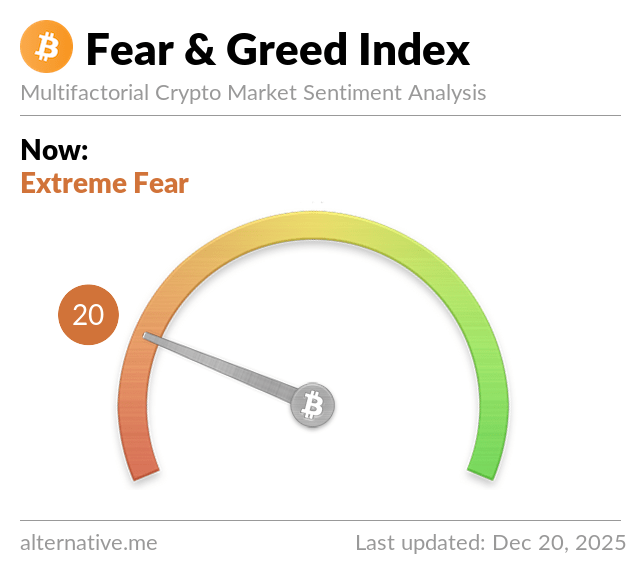Bitcoin’s Surge: A Closer Look at Recent Developments
Between April 20th and April 26th, Bitcoin demonstrated a significant uptick in value, rising by 11% and approaching a two-month high near $94,000. This surge was largely influenced by indications from the Trump administration about possible tariff reductions, coupled with robust corporate earnings reports that inspired investor confidence.
Record Inflows Into Bitcoin ETFs
Investor enthusiasm was palpably evident as Bitcoin exchange-traded funds (ETFs) experienced record inflows, attracting $3.1 billion in net investments over just five days. However, caution lingered in the derivatives market, where key indicators hinted at a bearish trend, raising concerns about Bitcoin’s potential to breach the coveted $100,000 threshold.
Volatility in Perpetual Futures Contracts
The dynamics of perpetual futures contracts, a favorite choice among retail traders due to their alignment with spot prices, exhibited unusual behaviors. Typically, a positive funding rate signals a buyer’s market, but on April 26th, this rate swiftly turned negative, reflecting an increased demand from sellers. Such reversals are uncommon during bullish phases. Although funding rates had been fluctuating since mid-April, the unexpected spike in Bitcoin’s value to $94,000 meant that short sellers faced significant losses, culminating in over $450 million worth of liquidations since April 21.
Broader Market Context
Adding to the overall market atmosphere, the S&P 500 index enjoyed a 7.1% growth during the same week, further elevating market sentiment. However, uncertainty resurfaced when US President Trump mentioned that trade negotiations with China would hinge on further concessions, making some traders reconsider the sustainability of recent rallies.
Divergence in Market Forces
First-quarter earnings reports largely reflected economic conditions before the escalating trade tensions, suggesting a burgeoning divergence between traditional markets and Bitcoin. The correlation between Bitcoin and the S&P 500 over the past 30 days dropped to 29%, down from approximately 60% earlier this year. This decreasing correlation indicates Bitcoin’s evolving status as an independent asset, less tethered to traditional market trends.
Bitcoin’s Position Among Asset Classes
Bitcoin’s distinct asset class status has been further bolstered by contrasting developments in other markets. Gold, which hit a peak of $3,500 per ounce on April 22nd, has struggled to retain momentum. Bitcoin, on the other hand, has successfully maintained its position above the $90,000 mark, reinforcing its identity as a unique investment separate from conventional equities and traditional safe-haven assets.
Institutional Interest in Derivatives
Professional traders’ engagement in the derivatives market has shown a more bullish sentiment than the perpetual futures market would suggest. Unlike perpetual contracts, monthly Bitcoin futures possess fixed funding costs, making them a more attractive option for certain institutional investors. As of April 26th, the premium for two-month Bitcoin futures rose to 6.5%, the highest observed in seven weeks—a sign of increasing appetite for bullish strategies.
Outlook for Bitcoin’s Future
While retail traders exhibit caution, the inclination for institutional accumulation continues to grow. Even if the sentiments within the perpetual futures market remain mixed, the backing from larger investors could potentially propel Bitcoin toward the $100,000 milestone in the weeks to come.
(Photo by André François McKenzie)
See also: The New Era of Enterprise Blockchain: Beyond the Hype


Explore other upcoming enterprise technology events and webinars powered by TechForge here.











